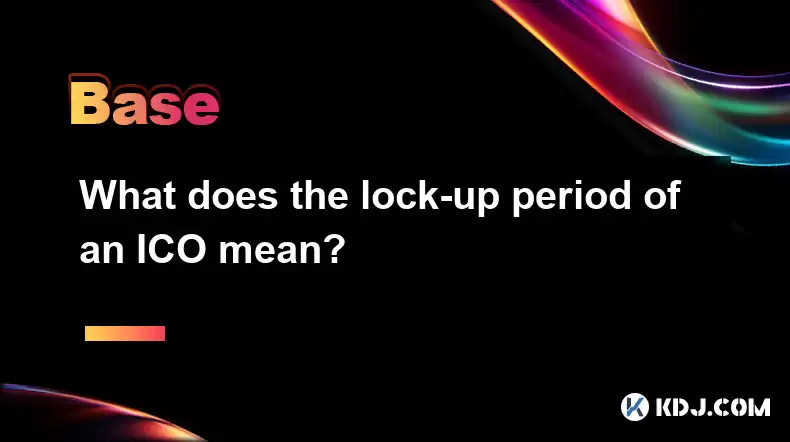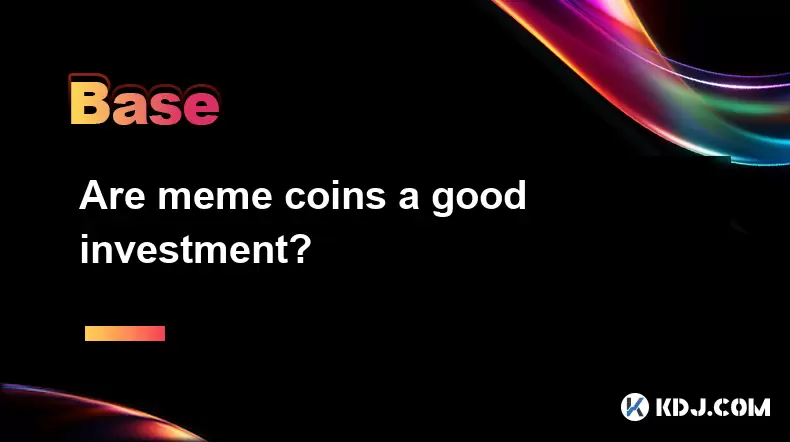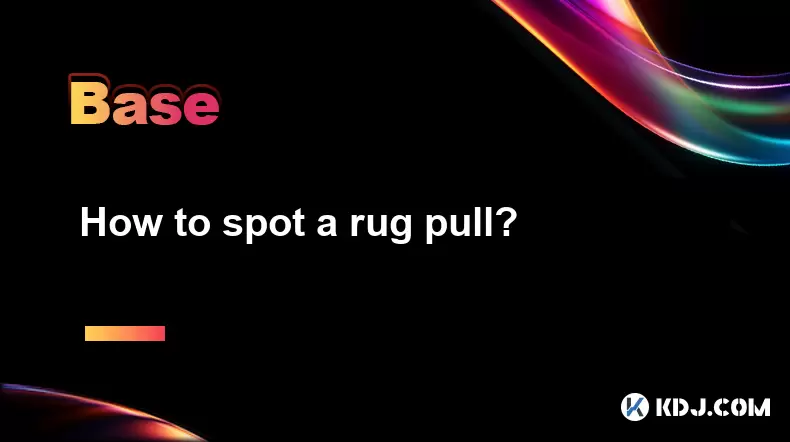-
 Bitcoin
Bitcoin $116700
0.24% -
 Ethereum
Ethereum $3973
4.34% -
 XRP
XRP $3.283
7.68% -
 Tether USDt
Tether USDt $1.000
0.01% -
 BNB
BNB $789.8
2.27% -
 Solana
Solana $176.2
3.31% -
 USDC
USDC $0.9999
0.00% -
 Dogecoin
Dogecoin $0.2238
5.14% -
 TRON
TRON $0.3389
-0.51% -
 Cardano
Cardano $0.7907
4.03% -
 Stellar
Stellar $0.4527
10.02% -
 Hyperliquid
Hyperliquid $41.07
4.27% -
 Sui
Sui $3.794
1.77% -
 Chainlink
Chainlink $19.49
10.40% -
 Bitcoin Cash
Bitcoin Cash $580.9
0.74% -
 Hedera
Hedera $0.2617
4.32% -
 Avalanche
Avalanche $23.41
3.67% -
 Ethena USDe
Ethena USDe $1.001
-0.03% -
 Litecoin
Litecoin $122.4
1.38% -
 Toncoin
Toncoin $3.364
1.49% -
 UNUS SED LEO
UNUS SED LEO $8.988
0.37% -
 Shiba Inu
Shiba Inu $0.00001295
2.82% -
 Uniswap
Uniswap $10.62
5.75% -
 Polkadot
Polkadot $3.922
4.46% -
 Dai
Dai $1.000
0.01% -
 Bitget Token
Bitget Token $4.494
2.15% -
 Monero
Monero $268.0
-1.30% -
 Cronos
Cronos $0.1523
3.68% -
 Pepe
Pepe $0.00001127
4.43% -
 Aave
Aave $285.4
4.85%
What does the lock-up period of an ICO mean?
ICO lock-up periods, crucial for project stability, prevent early token dumping and build investor confidence. Length and conditions vary; understanding these terms before investing is vital, as violations carry severe penalties.
Mar 15, 2025 at 12:55 pm

Key Points:
- ICO lock-up periods are crucial for project longevity and investor confidence.
- They prevent early dumping and maintain price stability.
- Length and conditions vary significantly between projects.
- Understanding lock-up terms is vital before investing in an ICO.
- Consequences of violating lock-up agreements can be severe.
What Does the Lock-Up Period of an ICO Mean?
The lock-up period in an Initial Coin Offering (ICO) refers to the timeframe after token distribution during which token holders are restricted from selling their newly acquired tokens on the open market. This restriction is a crucial element in many ICOs, designed to protect the project's value and investor interests. The duration of this period, and the specifics of the restrictions, vary greatly depending on the project.
Why Are Lock-Up Periods Implemented?
The primary purpose of a lock-up period is to prevent a massive sell-off immediately following the ICO. Such a scenario could severely depress the token's price, damaging investor confidence and potentially crippling the project's development. By restricting early sales, lock-up periods foster stability and allow the project team to build the promised platform or service. This builds trust and ensures a more sustainable ecosystem.
How Long Are Lock-Up Periods Typically?
The length of lock-up periods varies significantly. Some projects may impose a short lock-up of just a few months, while others might extend it to a year or even longer. The duration often reflects the project's development roadmap and the level of risk involved. Projects with longer lock-up periods might suggest a greater commitment to long-term growth and stability. Shorter periods might indicate a greater reliance on early market adoption.
What Are the Common Conditions of Lock-Up Agreements?
Lock-up agreements aren't simply a blanket ban on selling. They often include specific conditions. These might include exceptions for certain token holders, like the project team, or allowances for small, gradual releases of tokens over time. Vesting schedules, where tokens are released in installments over a set period, are a common feature of lock-up agreements. The specific terms are usually detailed in the ICO's whitepaper and token sale agreement.
What Happens If Someone Violates a Lock-Up Agreement?
Violating a lock-up agreement can have serious consequences. The penalties can range from financial fines to complete forfeiture of the locked tokens. The project team usually has legal recourse to enforce these agreements, and violating them can severely damage the individual's reputation within the cryptocurrency community. Reputational damage can be particularly detrimental in this relatively small and interconnected space.
Who Typically Has Lock-Up Periods?
Lock-up periods are not exclusively for investors. They often apply to the project team itself, ensuring that the team's interests are aligned with the long-term success of the project. This alignment prevents the team from profiting at the expense of early investors. Furthermore, advisors and other early contributors might also be subject to lock-up periods as a way to demonstrate their commitment to the project.
How to Understand Lock-Up Terms in an ICO Whitepaper?
Thoroughly reviewing the whitepaper and token sale agreement is crucial. Look for sections explicitly detailing the lock-up period, its duration, and any applicable exceptions. Pay close attention to the vesting schedule if one exists, and understand the potential penalties for violating the agreement. If anything is unclear, it's best to seek clarification from the project team before investing. Don't hesitate to ask for legal advice if needed.
Different Types of Lock-Up Agreements
There are several types of lock-up agreements, each with different stipulations. Some projects may implement a cliff, where no tokens are released until a specific date, followed by a vesting schedule. Others might have a linear vesting schedule, where tokens are released at a steady rate over time. Understanding the nuances of these different approaches is vital for assessing the risk and potential reward of an ICO.
The Importance of Due Diligence
Before investing in any ICO, it's paramount to conduct thorough due diligence. This includes carefully examining the lock-up terms, understanding the rationale behind them, and assessing the potential risks associated with a violation. The presence of a well-defined and reasonable lock-up period can be a positive sign, suggesting a commitment to long-term growth and investor protection. However, it's just one factor to consider among many.
Frequently Asked Questions:
Q: What if the project fails during the lock-up period? A: This is a significant risk. Even with a lock-up, the value of your tokens could become worthless if the project fails. The lock-up does not guarantee success.
Q: Can I transfer my locked tokens? A: No, transferring locked tokens is typically a violation of the agreement and can result in penalties.
Q: What happens if the project team violates the lock-up agreement? A: This would likely severely damage investor confidence and potentially lead to legal action.
Q: Are all ICOs subject to lock-up periods? A: No, not all ICOs have lock-up periods. The absence of a lock-up should raise a red flag.
Q: Can I get an extension on my lock-up period? A: This is highly unlikely. Extensions are rarely granted, and the terms are usually clearly defined upfront.
Disclaimer:info@kdj.com
The information provided is not trading advice. kdj.com does not assume any responsibility for any investments made based on the information provided in this article. Cryptocurrencies are highly volatile and it is highly recommended that you invest with caution after thorough research!
If you believe that the content used on this website infringes your copyright, please contact us immediately (info@kdj.com) and we will delete it promptly.
- Punisher Coin: The Altcoin Ready to Punish Your Portfolio with Gains?
- 2025-08-08 22:50:16
- Mutuum Finance, Bitcoin Whales, and Binance: Decoding the Crypto Currents
- 2025-08-08 22:30:11
- Bitcoin, Crypto Market, Volatility: Riding the Rollercoaster in NYC Style
- 2025-08-08 22:50:16
- HTX Copy Trading Extravaganza: Rewards and Opportunities for Traders
- 2025-08-08 23:30:12
- SPX6900 Pumps & TOKEN6900 Presale: Month Growth Mania!
- 2025-08-08 23:30:12
- Dogwifhat, Beanie, and $800,000: A Meme Worth Millions?
- 2025-08-08 23:35:12
Related knowledge

Can you reuse a crypto wallet address?
Aug 08,2025 at 03:49pm
Understanding Wallet Addresses in CryptocurrencyA crypto wallet address is a unique identifier used to send and receive digital assets on a blockchain...

Are meme coins a good investment?
Aug 08,2025 at 11:36pm
Understanding Meme Coins and Their OriginsMeme coins are a category of cryptocurrencies that originated from internet humor or viral trends rather tha...

How are flash loans used?
Aug 08,2025 at 01:08pm
Understanding Flash Loans in Decentralized FinanceFlash loans are a unique innovation within the decentralized finance (DeFi) ecosystem, allowing user...

How to spot a rug pull?
Aug 08,2025 at 11:21pm
Understanding the Concept of a Rug PullA rug pull is a type of scam prevalent in the decentralized finance (DeFi) and cryptocurrency space where devel...

What are common crypto trading strategies?
Aug 08,2025 at 12:42pm
Understanding Trend Following in Crypto TradingTrend following is one of the most widely adopted crypto trading strategies due to its simplicity and a...

How to read a crypto chart?
Aug 08,2025 at 10:35am
Understanding the Basics of a Crypto ChartA crypto chart is a visual representation of the price movements of a cryptocurrency over time. These charts...

Can you reuse a crypto wallet address?
Aug 08,2025 at 03:49pm
Understanding Wallet Addresses in CryptocurrencyA crypto wallet address is a unique identifier used to send and receive digital assets on a blockchain...

Are meme coins a good investment?
Aug 08,2025 at 11:36pm
Understanding Meme Coins and Their OriginsMeme coins are a category of cryptocurrencies that originated from internet humor or viral trends rather tha...

How are flash loans used?
Aug 08,2025 at 01:08pm
Understanding Flash Loans in Decentralized FinanceFlash loans are a unique innovation within the decentralized finance (DeFi) ecosystem, allowing user...

How to spot a rug pull?
Aug 08,2025 at 11:21pm
Understanding the Concept of a Rug PullA rug pull is a type of scam prevalent in the decentralized finance (DeFi) and cryptocurrency space where devel...

What are common crypto trading strategies?
Aug 08,2025 at 12:42pm
Understanding Trend Following in Crypto TradingTrend following is one of the most widely adopted crypto trading strategies due to its simplicity and a...

How to read a crypto chart?
Aug 08,2025 at 10:35am
Understanding the Basics of a Crypto ChartA crypto chart is a visual representation of the price movements of a cryptocurrency over time. These charts...
See all articles

























































































